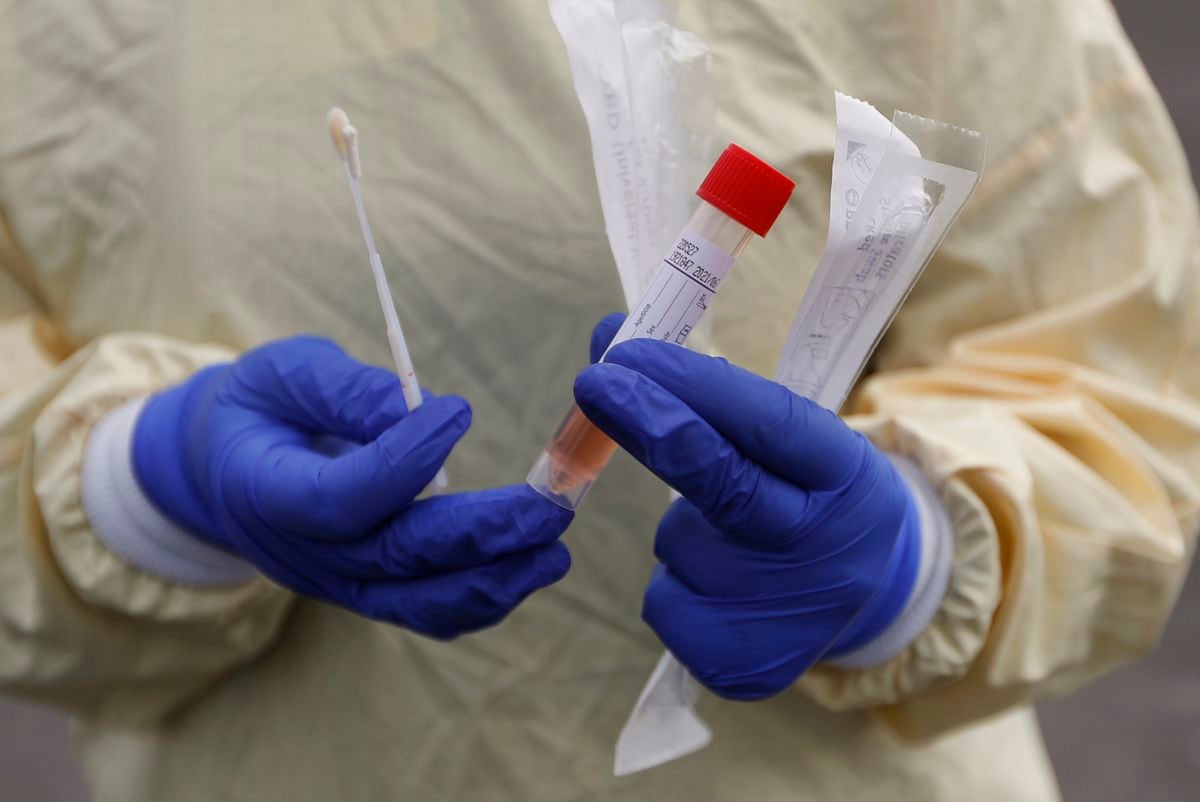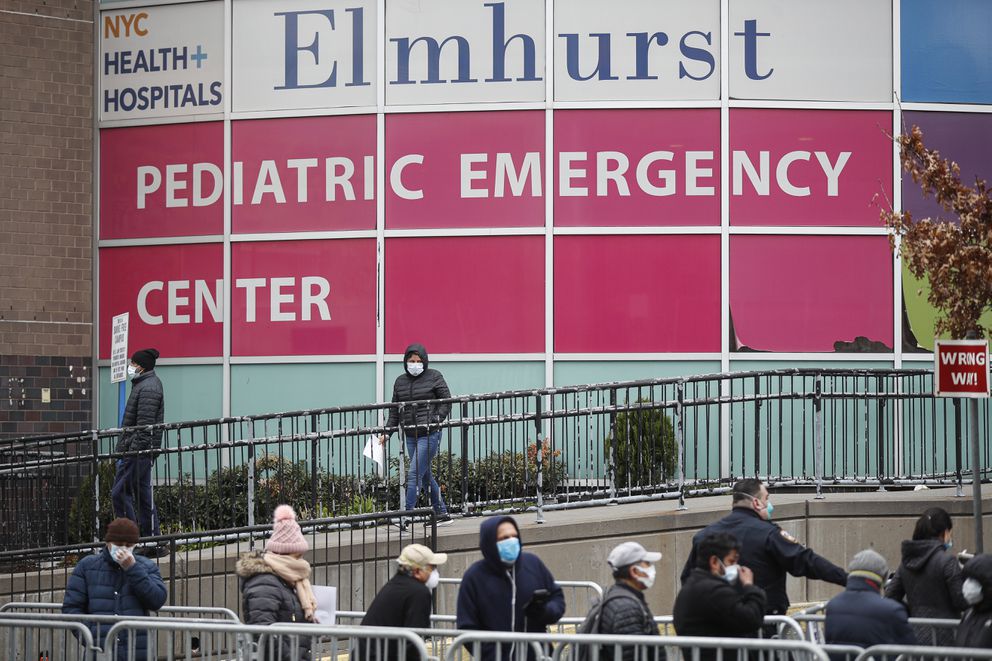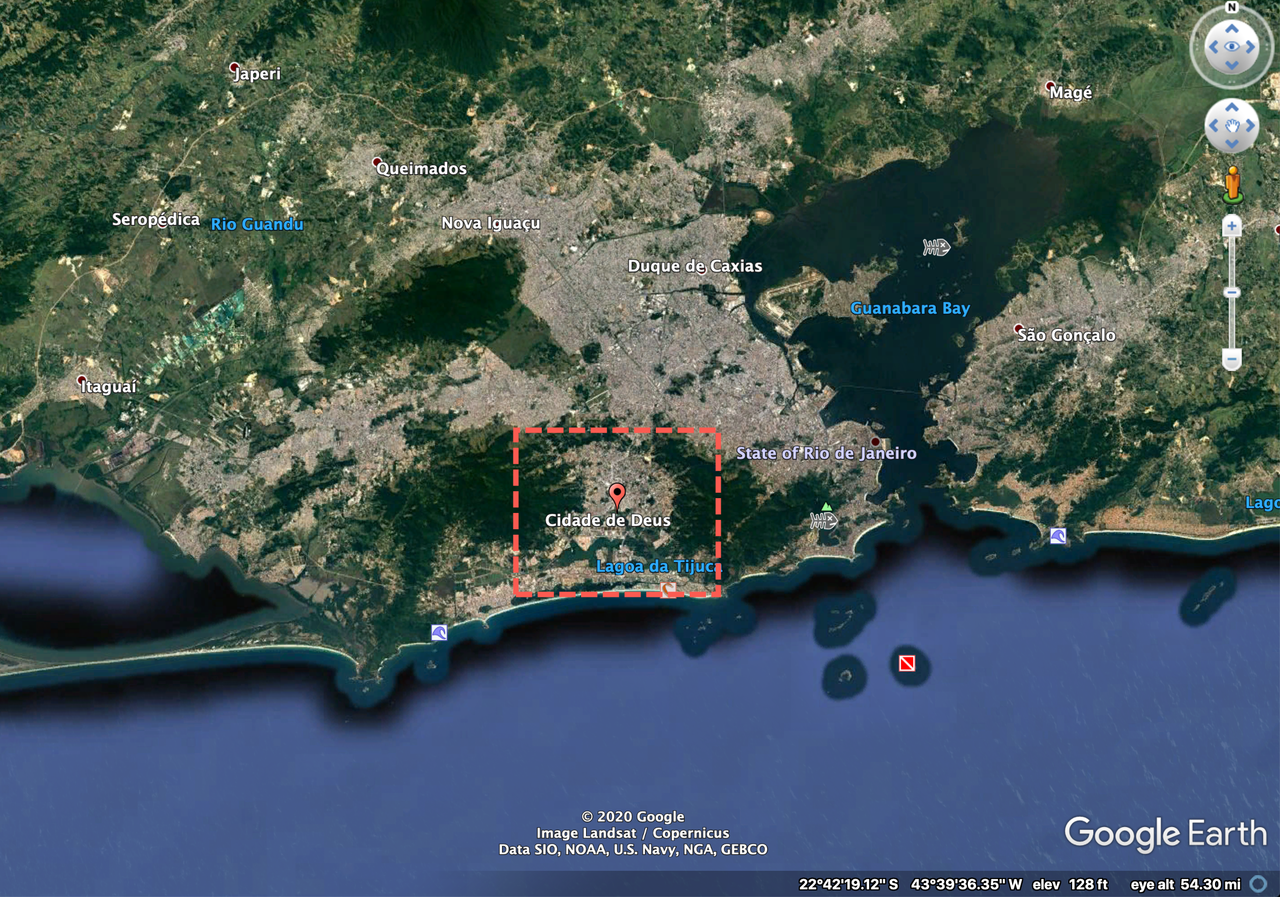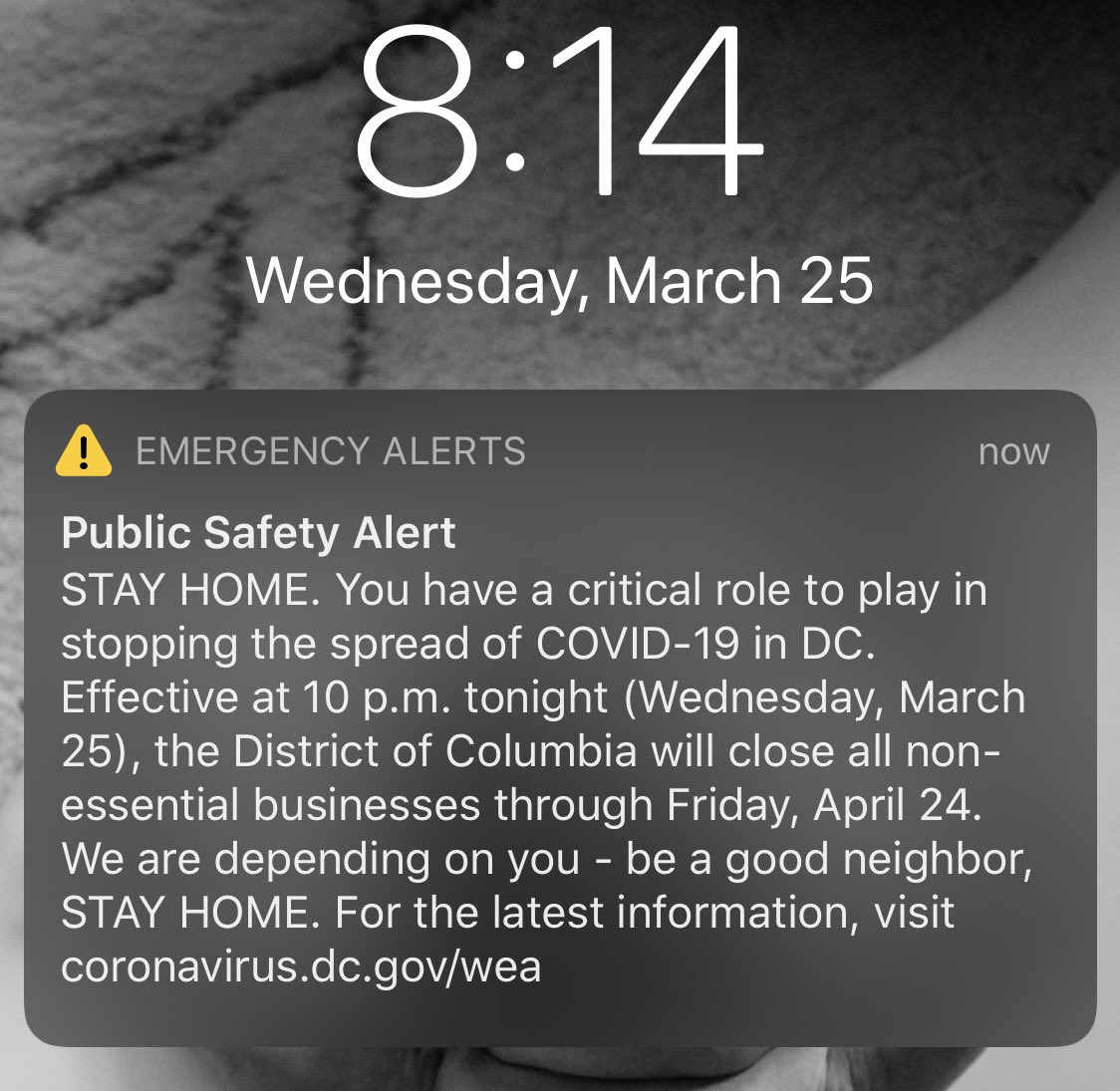Krayola
Veteran Member
Companies Plan to Boost Production of Controversial Malaria Drug as Demand Jumps
By
Josh Nathan-Kazis
March 24, 2020 9:57 am ET
Demand for hydroxychloroquine, the malaria drug that President Trump has touted as a treatment for Covid-19 despite limited evidence, has already begun to increase, according to a note from SVB Leerink analyst Ami Fadia.
Fadia wrote that 10.2 million hydroxychloroquine pills were sold in the week ending March 13, according to data-science company Iqvia, well above the average weekly volume of 8.5 million pills.
Approved for use to prevent malaria and to treat some auto-immunte diseases, hydroxychloroquine is manufactured by a number of generic-drug makers. In her note, Fadia outlined the plans of a number of the largest generic manufacturers to increase their output of hydroxychloroquine pills, though the sales wouldn’t have a substantial impact on the companies.
“Hydroxychloroquine [is] unlikely to be a financial driver,” Fadia wrote. “However, in light of the negative news flow generic companies have been besieged with over the past few years, from anticompetitive price increases to opioid litigation…the efforts by these companies to step-in and make a treatment available to help combat a pandemic would be a good reminder for various constituents of their importance to the health-care system.”
Excitement grew over the possibility that hydroxychloroquine could be an effective treatment for Covid-19, following the publication of a study by French researchers that suggested that hydroxychloroquine in combination with another drug had shortened the duration of Covid-19 infections. Experts warned that the study was small, wasn’t randomized, and was limited in other ways. But President Trump has trumpeted the drug, saying in a tweet that it has “a real chance to be one of the biggest game-changers in the history of medicine.”
At least five clinical trials are set to study hydroxychloroquine in Covid-19 patients, according to a note Sunday from Piper Sandler analyst David Amsellem. Experts say there is limited evidence, as yet, that the therapy is effective. Monday night, Evercore ISI analyst Umer Raffat distributed an abstract of an unpublished Chinese trial of hydroxychloroquine in patients with mild Covid-19 that appears to have had disappointing results. According to Raffat, the study found that 87% of patients on hydroxychloroquine experienced virological clearance by day 7, compared with 93% of patients in the control arm.
Still, generic manufacturers have already made commitments to ramp up production of hydroxychloroquine. In her note, Fadia wrote that Amneal Pharmaceuticals (AMRX) has said it will make 20 million pills by mid-April, Mylan (MYL) could provide 50 million pills using the ingredients it has available, Teva Pharmaceutical Industries (TEVA) will ship 6 million pills by the end of March and more than 10 million in total within a month. Novartis (NVS) subsidiary Sandoz has said it will donate 130 million doses if the drug is approved for Covid-19 patients, Fadia wrote.
All told, according to Fadia’s numbers, that would be enough doses for more than 6.7 million patients.
The increased demand measured by data available so far came before the publication of the French study, and could be attributable to other factors, such as stockpiling of pills by patients who use it for established treatments and are concerned about supply-chain issues during the epidemic. In the days since the president touted the drug as a possible cure for Covid-19, media reports have indicated a surge of sales of the drug. ProPublica reported that lupus patients who rely on the drug have had trouble filling their prescriptions.
In a note of caution, the Phoenix hospital system Banner Health said Monday evening that a man had died after apparently self-medicating with chloroquine phosphate, a chemical used to clean fish tanks that is different from hydroxychloroquine. Banner Health warned against any self medication for Covid-19.
For the companies planning to sell more hydroxychloroquine, the totals would be relatively small. The pills sell for 32 cents each, according to Fadia. She calculated that the sales for Mylan, for example, would be roughly $15 million. Teva’s sales would be roughly $3 million.
“Unless the market demand grows by an order of magnitude for an extended period of time (i.e., months), the financial implications are likely insignificant,” Fadia wrote.
But for a sector that has weathered damaging headlines associated with the opioid crisis and generic-drug price-fixing allegations, the benefits of helping to ease a global pandemic could go well beyond financial gain.

 www.barrons.com
www.barrons.com
By
Josh Nathan-Kazis
March 24, 2020 9:57 am ET
Demand for hydroxychloroquine, the malaria drug that President Trump has touted as a treatment for Covid-19 despite limited evidence, has already begun to increase, according to a note from SVB Leerink analyst Ami Fadia.
Fadia wrote that 10.2 million hydroxychloroquine pills were sold in the week ending March 13, according to data-science company Iqvia, well above the average weekly volume of 8.5 million pills.
Approved for use to prevent malaria and to treat some auto-immunte diseases, hydroxychloroquine is manufactured by a number of generic-drug makers. In her note, Fadia outlined the plans of a number of the largest generic manufacturers to increase their output of hydroxychloroquine pills, though the sales wouldn’t have a substantial impact on the companies.
“Hydroxychloroquine [is] unlikely to be a financial driver,” Fadia wrote. “However, in light of the negative news flow generic companies have been besieged with over the past few years, from anticompetitive price increases to opioid litigation…the efforts by these companies to step-in and make a treatment available to help combat a pandemic would be a good reminder for various constituents of their importance to the health-care system.”
Excitement grew over the possibility that hydroxychloroquine could be an effective treatment for Covid-19, following the publication of a study by French researchers that suggested that hydroxychloroquine in combination with another drug had shortened the duration of Covid-19 infections. Experts warned that the study was small, wasn’t randomized, and was limited in other ways. But President Trump has trumpeted the drug, saying in a tweet that it has “a real chance to be one of the biggest game-changers in the history of medicine.”
At least five clinical trials are set to study hydroxychloroquine in Covid-19 patients, according to a note Sunday from Piper Sandler analyst David Amsellem. Experts say there is limited evidence, as yet, that the therapy is effective. Monday night, Evercore ISI analyst Umer Raffat distributed an abstract of an unpublished Chinese trial of hydroxychloroquine in patients with mild Covid-19 that appears to have had disappointing results. According to Raffat, the study found that 87% of patients on hydroxychloroquine experienced virological clearance by day 7, compared with 93% of patients in the control arm.
Still, generic manufacturers have already made commitments to ramp up production of hydroxychloroquine. In her note, Fadia wrote that Amneal Pharmaceuticals (AMRX) has said it will make 20 million pills by mid-April, Mylan (MYL) could provide 50 million pills using the ingredients it has available, Teva Pharmaceutical Industries (TEVA) will ship 6 million pills by the end of March and more than 10 million in total within a month. Novartis (NVS) subsidiary Sandoz has said it will donate 130 million doses if the drug is approved for Covid-19 patients, Fadia wrote.
All told, according to Fadia’s numbers, that would be enough doses for more than 6.7 million patients.
The increased demand measured by data available so far came before the publication of the French study, and could be attributable to other factors, such as stockpiling of pills by patients who use it for established treatments and are concerned about supply-chain issues during the epidemic. In the days since the president touted the drug as a possible cure for Covid-19, media reports have indicated a surge of sales of the drug. ProPublica reported that lupus patients who rely on the drug have had trouble filling their prescriptions.
In a note of caution, the Phoenix hospital system Banner Health said Monday evening that a man had died after apparently self-medicating with chloroquine phosphate, a chemical used to clean fish tanks that is different from hydroxychloroquine. Banner Health warned against any self medication for Covid-19.
For the companies planning to sell more hydroxychloroquine, the totals would be relatively small. The pills sell for 32 cents each, according to Fadia. She calculated that the sales for Mylan, for example, would be roughly $15 million. Teva’s sales would be roughly $3 million.
“Unless the market demand grows by an order of magnitude for an extended period of time (i.e., months), the financial implications are likely insignificant,” Fadia wrote.
But for a sector that has weathered damaging headlines associated with the opioid crisis and generic-drug price-fixing allegations, the benefits of helping to ease a global pandemic could go well beyond financial gain.

Companies Plan to Boost Production of Controversial Malaria Drug as Demand Jumps
Demand for hydroxychloroquine, the malaria drug that President Trump has touted as a treatment for Covid-19 despite limited evidence, has already begun to increase, according to a note from SVB Leerink analyst Ami Fadia.
Last edited:


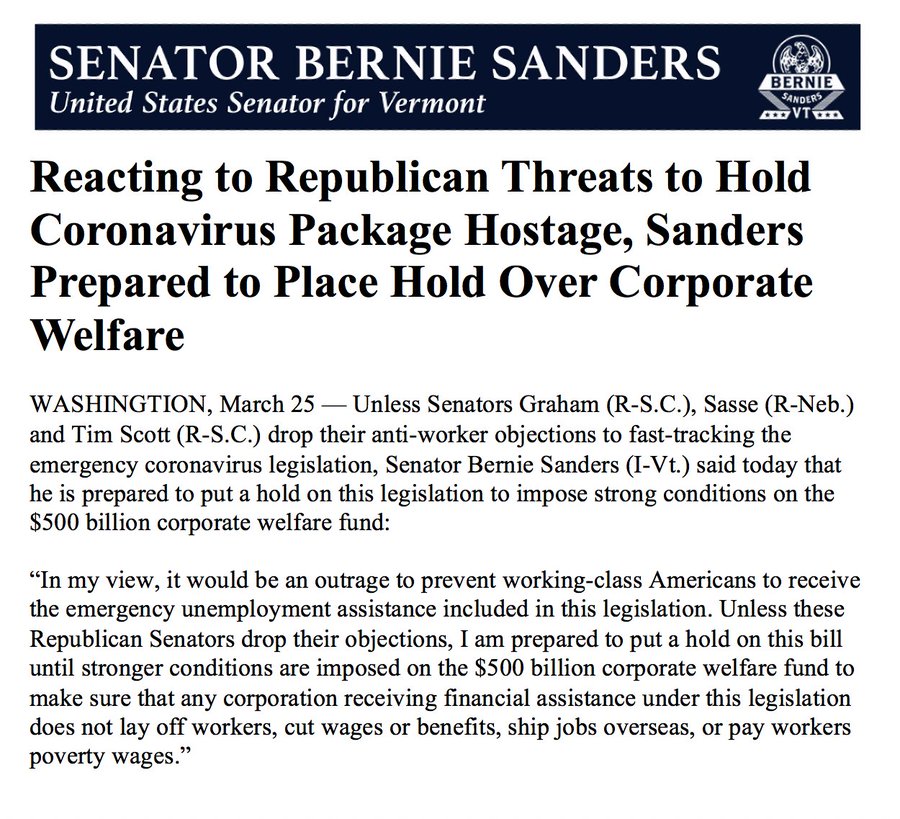

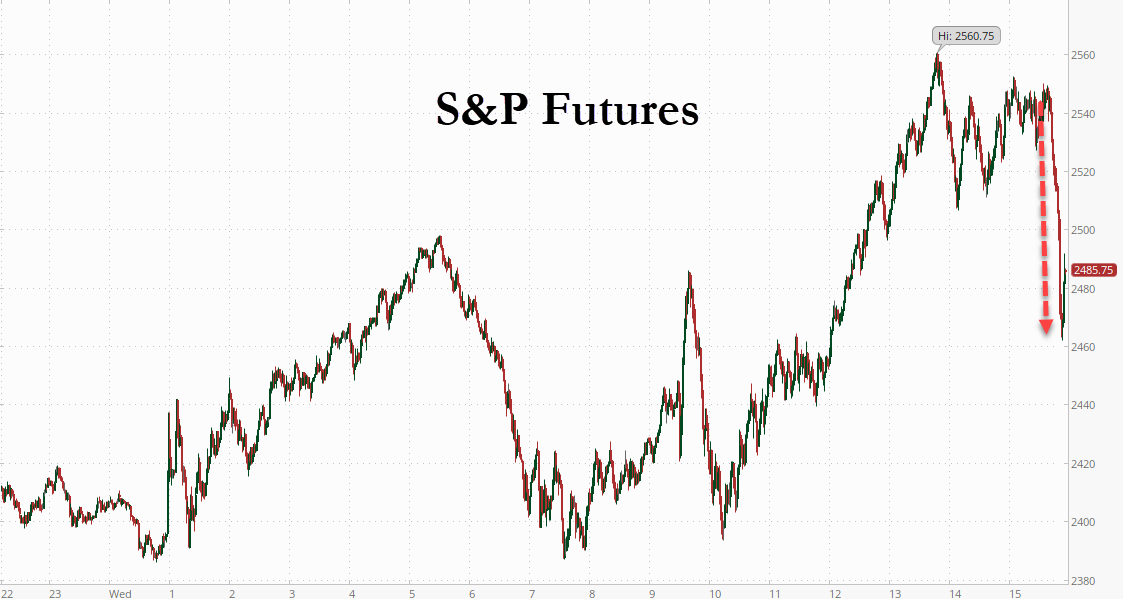

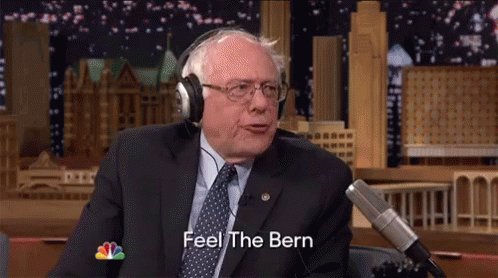

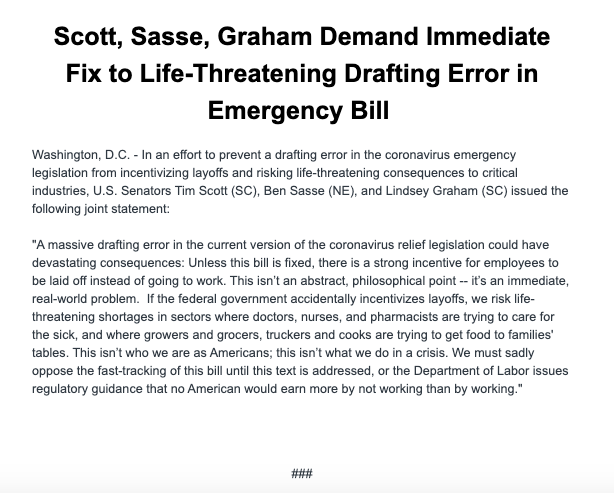


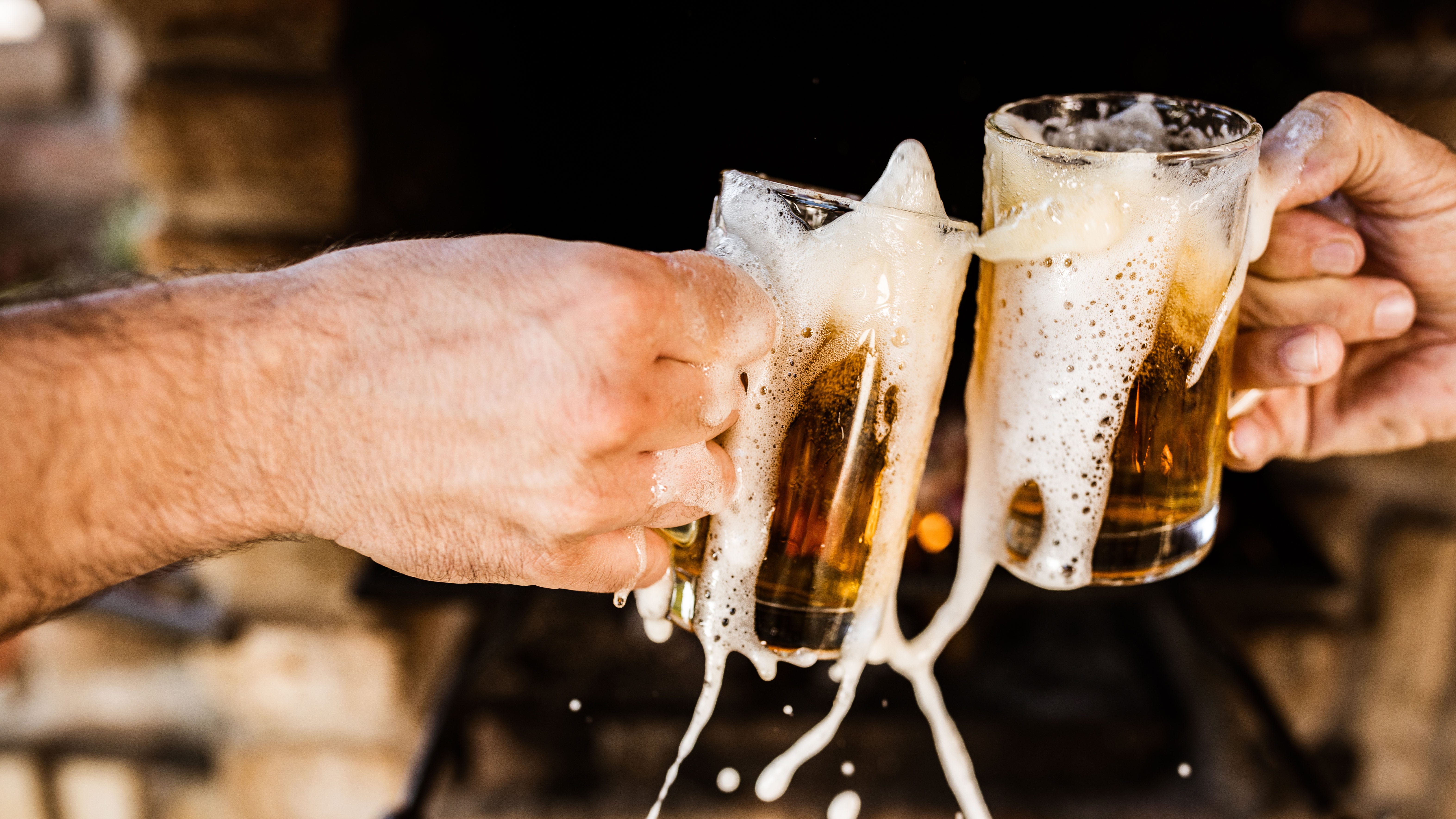
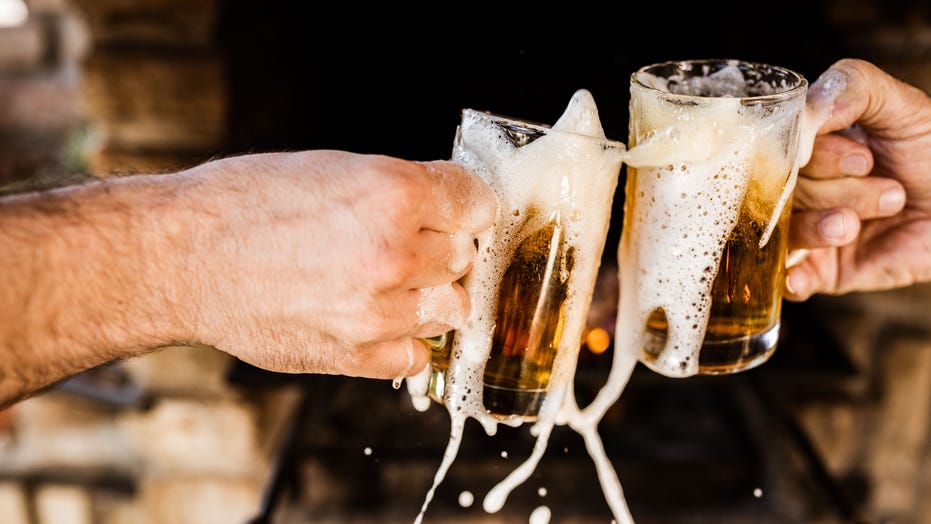 Video
Video



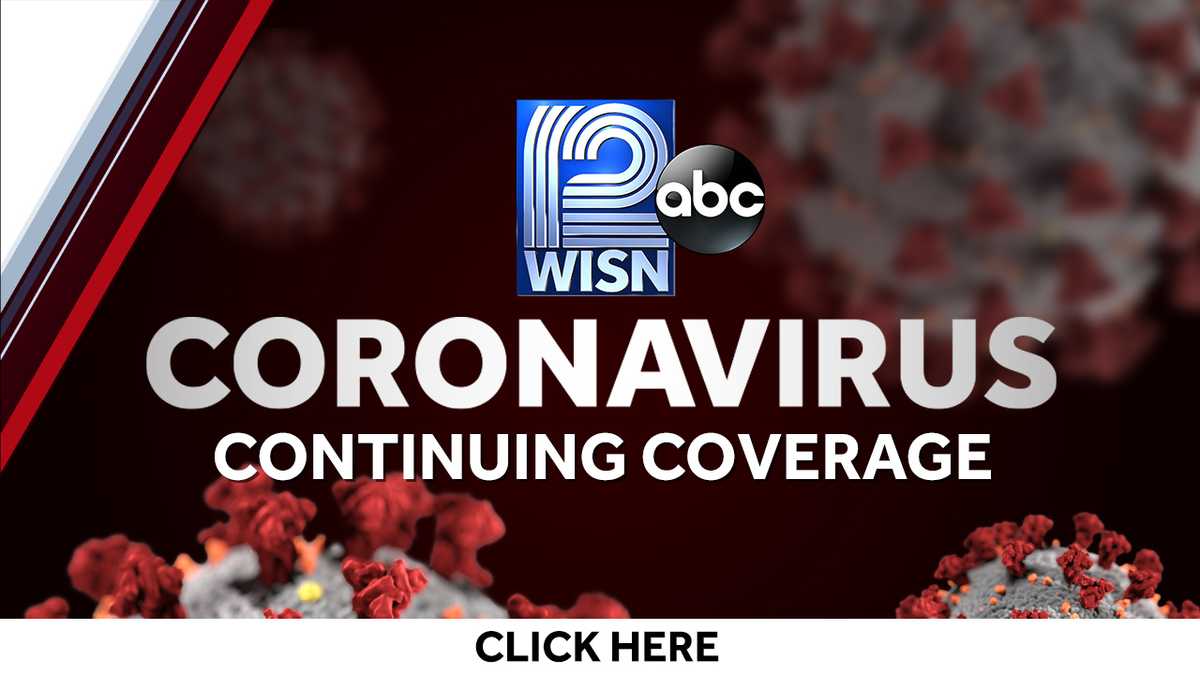
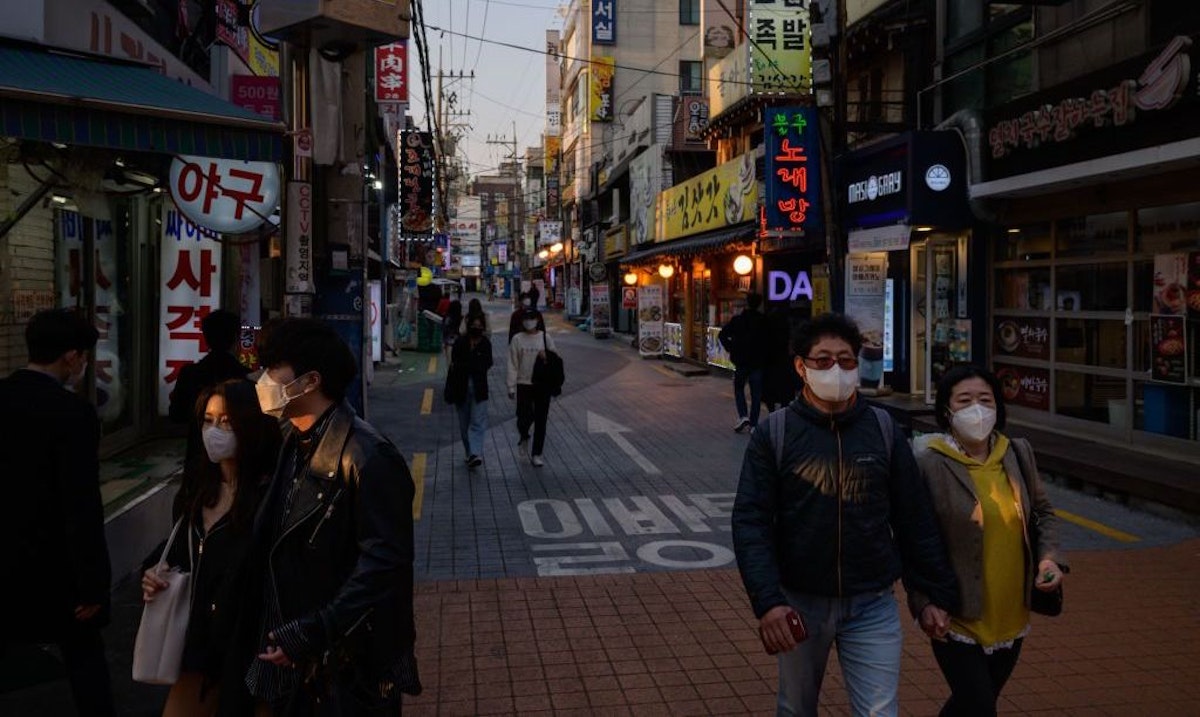
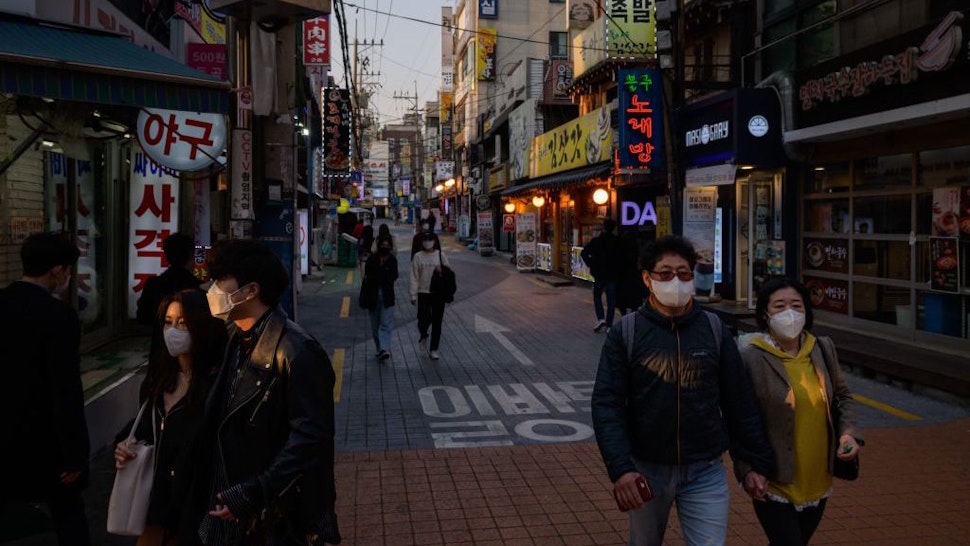

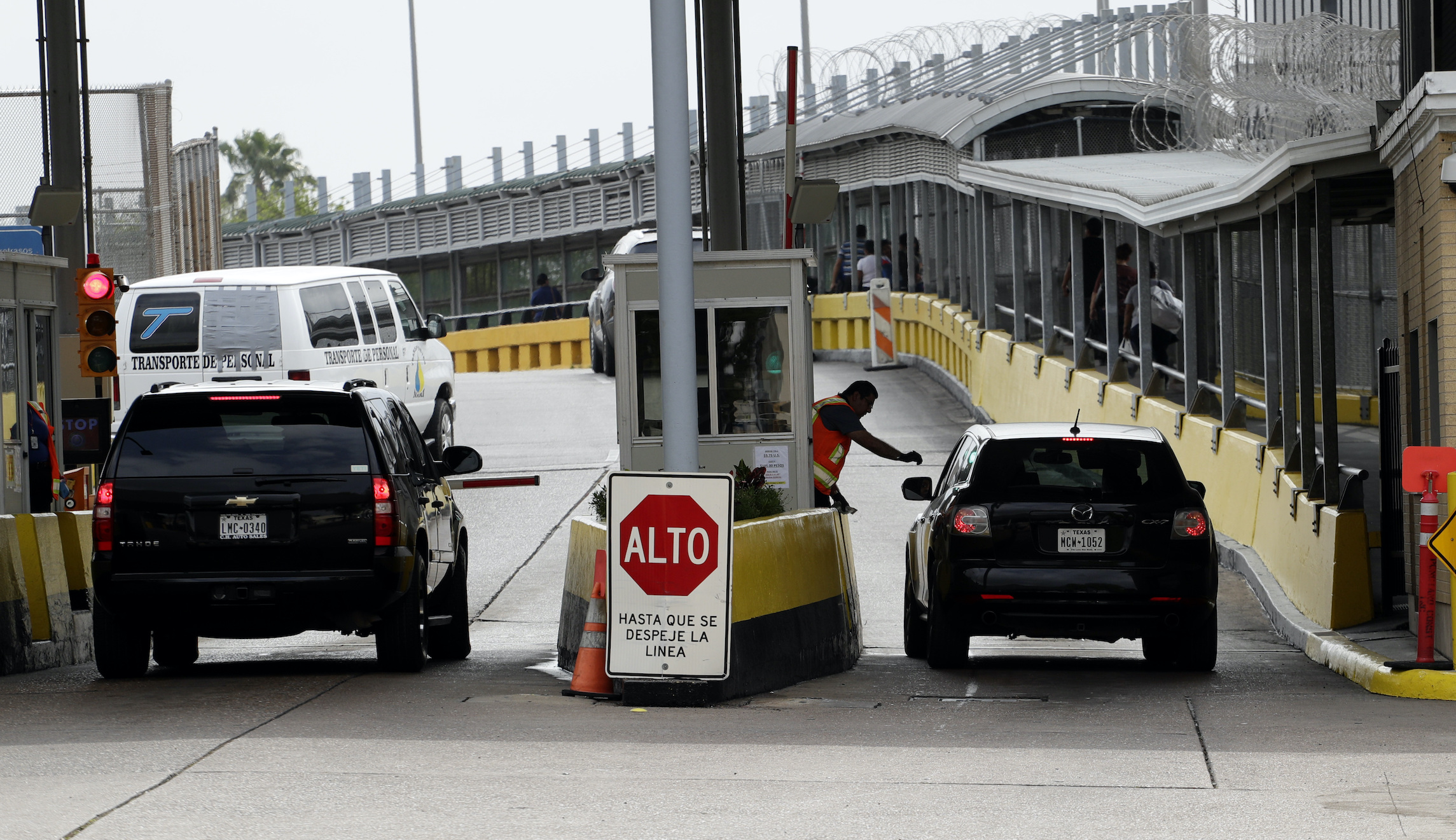


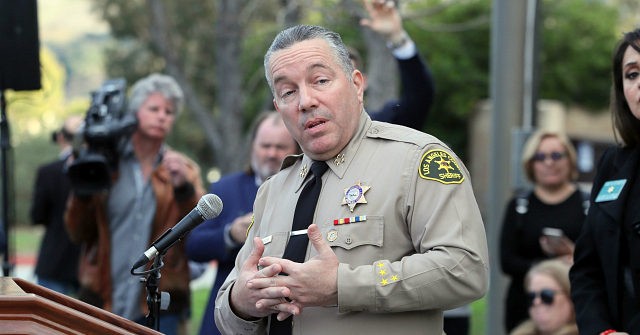
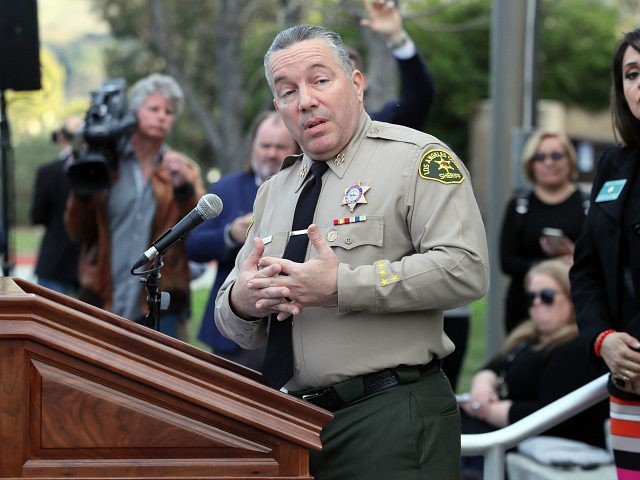

 Facebook Watch @FacebookWatch
Facebook Watch @FacebookWatch
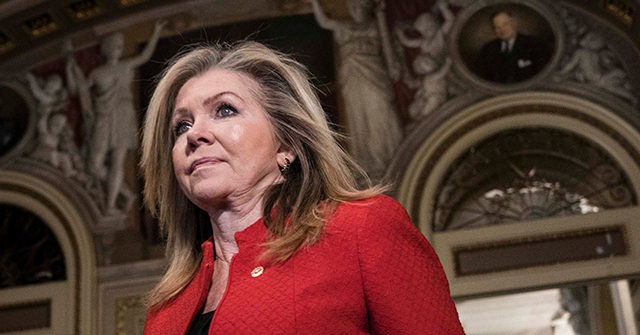
:quality(70)/arc-anglerfish-arc2-prod-adn.s3.amazonaws.com/public/NNIUKERJSRDU5HVBNZ4OIPO6UY.jpg)
